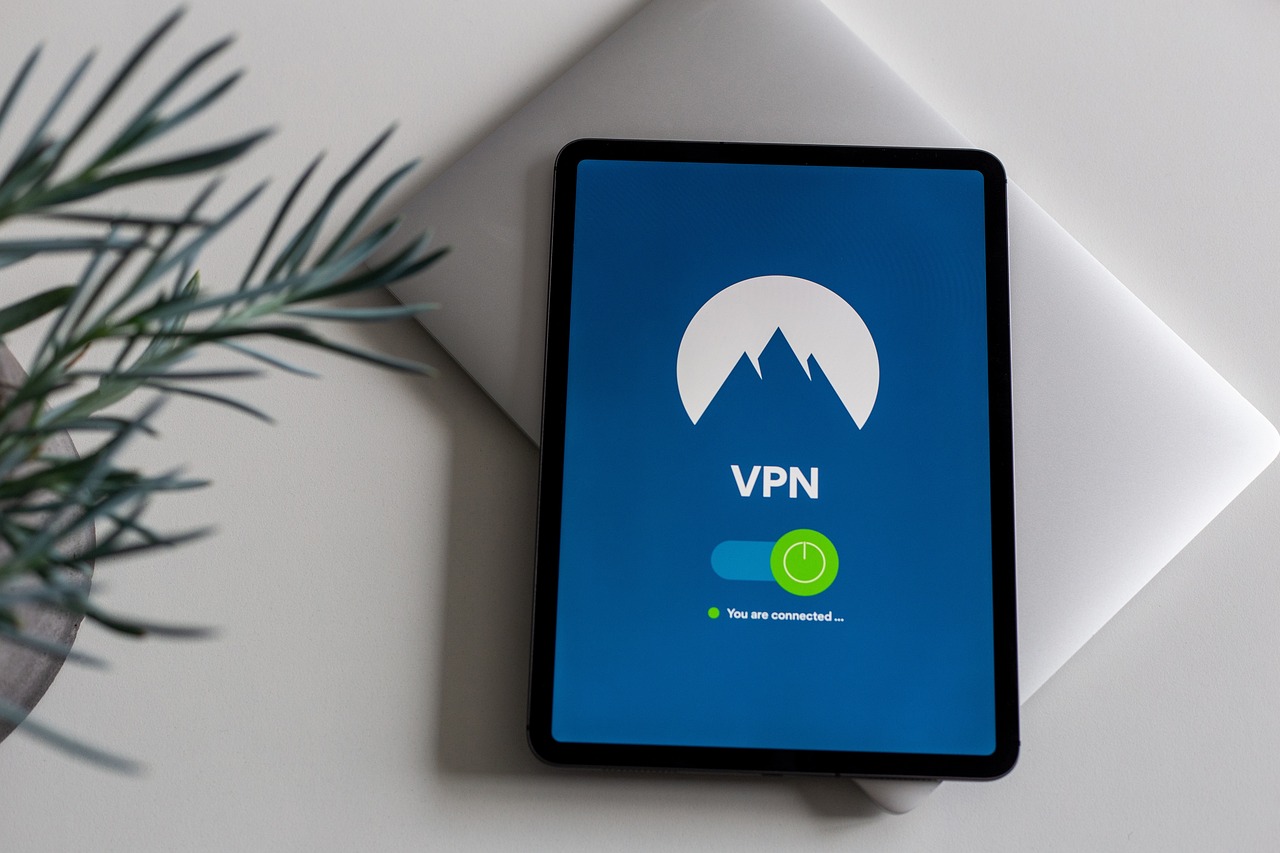The Essential Role of Proxies in Antidetect Browsing

Strong 8k brings an ultra-HD IPTV experience to your living room and your pocket.
In the modern digital world, where every click and keystroke contributes to a unique digital fingerprint, the need for tools that can mask our online identity has never been greater. Whether you're a digital marketer managing multiple social media accounts, an e-commerce specialist protecting your data, or a web scraper gathering information, you've likely heard of list of antidetect browsers. These powerful applications are designed to make each browsing session look like it's coming from a distinct, real person, by altering a variety of parameters like user agents, screen resolutions, and time zones. However, without a crucial component, even the most sophisticated antidetect browser is incomplete. This missing piece? Proxies.
While the browser handles the "how" you appear online, the proxy dictates the "where" you're coming from. Together, they form a two-part solution that creates a truly unique and undetectable online persona. This article will explore why proxies are not just an add-on but the very foundation of effective antidetect browsing.
The Foundation: How Proxies Power Antidetect Browsers
Think of a proxy as a middleman for your internet traffic. Instead of your browser sending a request directly to a website, it sends it to the proxy server first. The proxy then forwards the request on your behalf, effectively hiding your real IP address from the destination site. This is a fundamental layer of anonymity, as it prevents websites from seeing your true geographical location and network details.
Antidetect browsers use this functionality to its fullest potential by allowing you to link a unique proxy to each individual browser profile. This means you can create a profile for a "user" in New York with a New York IP address, another for a "user" in London with a London IP, and so on. The magic happens when the browser's digital fingerprint (like the time zone and language settings) is configured to match the proxy's location, creating a consistent and believable identity.
However, not all proxies are created equal, and choosing the right one is critical to avoiding detection. Proxies can be broadly categorized into three types:
- Datacenter Proxies: These are fast, affordable, and ideal for tasks that don't require a high level of anonymity, like general web scraping. They originate from commercial servers and can be easily identified by websites. For this reason, they're not recommended for sensitive activities like managing social media accounts, as they are often flagged as suspicious.
-
Residential Proxies: These are IP addresses assigned by an Internet Service Provider (ISP) to a real home. They are much harder for websites to detect as they appear to be real people browsing from home networks. They are the go-to choice for high-stakes tasks like social media management and e-commerce, as they offer a higher degree of anonymity.
-
Mobile Proxies: These are IP addresses assigned by mobile carriers. They are considered the most trustworthy type of proxy because they come from mobile networks, which have a high level of trust and a large, dynamic pool of IP addresses. They are perfect for tasks requiring the highest level of trust, such as creating and managing accounts on mobile-centric platforms.
The key to successful antidetect browsing is to match the proxy to the profile's digital footprint. A "residential" profile using a datacenter proxy, for example, is a dead giveaway to sophisticated tracking systems.
The Workflow: Choosing the Right Combination for Success
The synergy between an antidetect browser and a proxy is a powerful tool for maintaining online privacy and managing multiple digital identities. Most top-tier antidetect browsers are designed with robust proxy integration features that streamline the entire process. Here's how it typically works:
- Acquire Proxies: The first step is to get a list of high-quality proxies from a reputable provider, ideally residential or mobile proxies depending on your needs.
-
Create a Browser Profile: In your chosen antidetect browser, you'll create a new profile. This profile is a blank slate, ready to be configured with its own unique digital fingerprint.
-
Link the Proxy: You'll then link one of your acquired proxies to this new profile. The browser's interface makes this simple, often allowing you to save proxy settings and assign them with a single click.
-
Configure the Fingerprint: This is where the antidetect browser's true power comes into play. You'll set the user agent, screen resolution, timezone, WebRTC settings, and other parameters to create a convincing, consistent persona that matches the proxy's location.
-
Launch and Operate: With the profile and proxy linked, you can now launch the browser. From the perspective of any website, you are a completely new, distinct user from a different location.
Conclusion
The modern digital landscape is a constant cat-and-mouse game between trackers and privacy-conscious users. The antidetect browser provides the disguise, but the proxy provides the camouflage. Without a reliable, well-matched proxy, the most intricate digital fingerprint is useless, as a website can simply look at your IP address and see that your "New York" persona is actually coming from a server in a different country. The future of online privacy and multi-account management lies not just in a list of antidetect browsers, but in the intelligent and strategic use of high-quality proxies that allow you to blend in seamlessly with the world's diverse online traffic.
Note: IndiBlogHub features both user-submitted and editorial content. We do not verify third-party contributions. Read our Disclaimer and Privacy Policyfor details.







